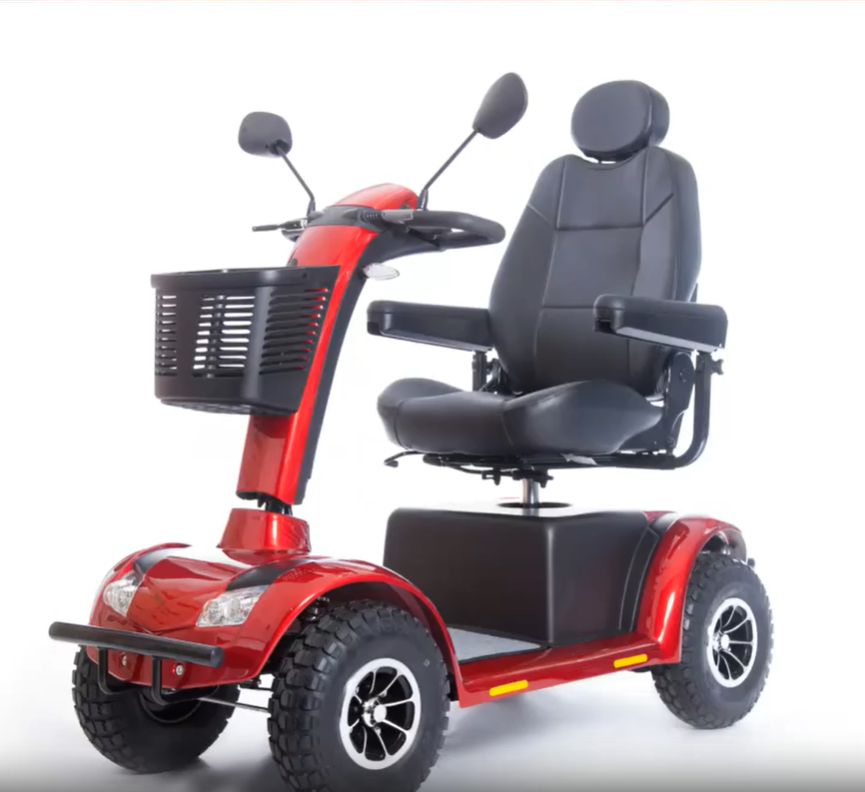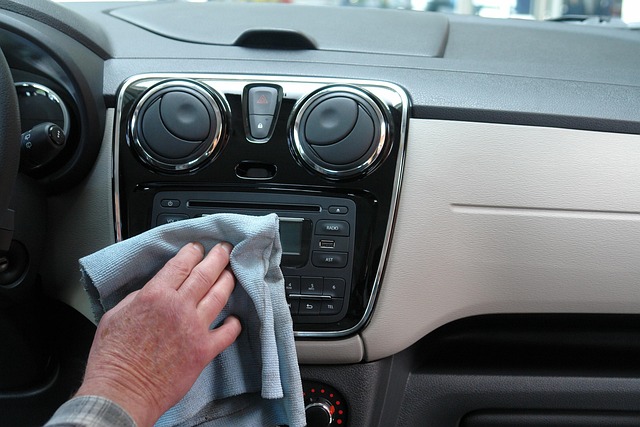Comparing Mobility Scooter Prices: What You Need to Know – 2025
Understanding mobility scooter costs can help you make an informed decision when selecting the right model for your needs. With various types, features, and price points available in 2025, knowing what influences pricing and how different models compare is essential. This guide breaks down the key factors affecting mobility scooter prices and provides practical insights to help you navigate your options confidently.

Mobility scooters have become increasingly popular among individuals seeking independence and improved mobility. Whether you’re dealing with age-related mobility challenges, recovering from an injury, or managing a chronic condition, these devices offer a practical solution for maintaining an active lifestyle. As we move through 2025, the market continues to evolve with new models, features, and pricing structures that can make the selection process both exciting and overwhelming.
This article is for informational purposes only and should not be considered medical advice. Please consult a qualified healthcare professional for personalized guidance and treatment.
What Factors Influence Mobility Scooter Costs in 2025?
Several key elements determine the final price of a mobility scooter. The type of scooter plays a significant role, with three-wheel models typically costing less than four-wheel versions due to their simpler design. Travel scooters, which are lightweight and portable, often fall into a different price category than heavy-duty models built for outdoor terrain and higher weight capacities.
Battery technology has advanced considerably, and scooters equipped with lithium-ion batteries generally command higher prices than those with traditional lead-acid batteries. However, lithium-ion options offer longer lifespans and faster charging times, which can justify the additional investment. Other features that impact cost include maximum speed, driving range, weight capacity, suspension systems, and additional accessories like baskets, cup holders, and weather protection.
How Do Different Mobility Scooter Types Compare?
Understanding the distinctions between mobility scooter categories helps clarify pricing differences. Travel scooters are designed for portability and convenience, often featuring disassembly capabilities that allow them to fit in car trunks. These models typically offer shorter ranges and lower weight capacities but excel in versatility for users who need transportation flexibility.
Mid-size scooters balance indoor maneuverability with outdoor capability, making them suitable for everyday use around neighborhoods and shopping centers. Heavy-duty scooters are engineered for users requiring higher weight capacities and enhanced stability, often featuring larger wheels, more powerful motors, and extended battery ranges. Each category serves specific needs, and recognizing which type aligns with your lifestyle requirements is crucial for making a cost-effective choice.
What Should You Expect for Mobility Scooter Prices?
Pricing for mobility scooters in 2025 varies widely based on the factors discussed above. Entry-level travel scooters typically start in the lower price range, making them accessible for budget-conscious buyers. Mid-range models with enhanced features and capabilities occupy the middle tier, while premium heavy-duty scooters with advanced technology and superior construction represent the higher end of the market.
When evaluating costs, consider the total ownership expense beyond the initial purchase price. Maintenance requirements, battery replacement costs, insurance options, and potential repair expenses all contribute to the long-term financial commitment. Some manufacturers offer warranties that cover parts and labor for specified periods, which can provide valuable protection and peace of mind.
Mobility Scooter Comparison: Real-World Options
To provide practical context for mobility scooter pricing, here is a comparison of actual models available through various providers:
| Product/Service | Provider | Cost Estimation |
|---|---|---|
| Travel Scooter Basic | Pride Mobility | $800 - $1,500 |
| Compact Folding Scooter | Drive Medical | $900 - $1,800 |
| Mid-Size 4-Wheel Scooter | Golden Technologies | $1,500 - $3,000 |
| Heavy-Duty Outdoor Scooter | E-Wheels | $2,000 - $4,500 |
| Premium All-Terrain Model | Afikim | $3,500 - $7,000 |
Prices, rates, or cost estimates mentioned in this article are based on the latest available information but may change over time. Independent research is advised before making financial decisions.
These estimates reflect typical retail pricing and may vary based on location, dealer markup, promotional offers, and customization options. Many providers offer financing plans that allow buyers to spread costs over time, making higher-priced models more accessible.
Where Can You Find Mobility Scooters in Your Area?
Local medical equipment suppliers, specialized mobility retailers, and online marketplaces all offer mobility scooters with varying levels of service and support. Shopping locally allows you to test models in person, receive professional fitting assistance, and establish relationships with providers who can handle maintenance and repairs. Many local services also offer home delivery and setup, ensuring your scooter is properly configured before use.
Online retailers often provide competitive pricing and broader selection, though you may sacrifice hands-on evaluation and immediate support. Some buyers choose a hybrid approach, researching and testing models locally before purchasing online if significant savings are available. Regardless of your purchasing method, verify warranty coverage, return policies, and service availability before committing to a purchase.
What Additional Considerations Matter for Mobility Scooter Comparison?
Beyond price and basic features, several practical considerations deserve attention. Turning radius affects maneuverability in tight spaces like hallways and stores. Ground clearance determines how well a scooter handles uneven surfaces, curbs, and outdoor terrain. Seat comfort and adjustability become increasingly important for users who spend extended periods on their scooters.
Storage capacity, lighting systems, and safety features like anti-tip mechanisms and automatic braking also differentiate models. Some scooters offer programmable speed settings, allowing users to limit maximum velocity in crowded areas while maintaining higher speeds for open spaces. Evaluating these elements alongside pricing helps ensure you select a scooter that truly meets your needs rather than simply choosing the least expensive option.
Making an Informed Decision About Mobility Scooter Costs
Selecting the right mobility scooter involves balancing cost considerations with practical requirements and long-term value. While budget constraints are real for many buyers, investing in a quality scooter that matches your specific needs typically proves more economical than purchasing an inadequate model that requires replacement or extensive modifications.
Take time to assess your daily routines, typical travel distances, terrain challenges, and physical requirements. Consult with healthcare professionals, occupational therapists, or mobility specialists who can provide personalized recommendations based on your situation. Many insurance plans and Medicare offer partial coverage for mobility scooters when deemed medically necessary, potentially reducing out-of-pocket expenses significantly.
By understanding the factors that influence mobility scooter prices, comparing real options from reputable providers, and considering total ownership costs, you can make a confident, informed decision that enhances your independence and quality of life throughout 2025 and beyond.




